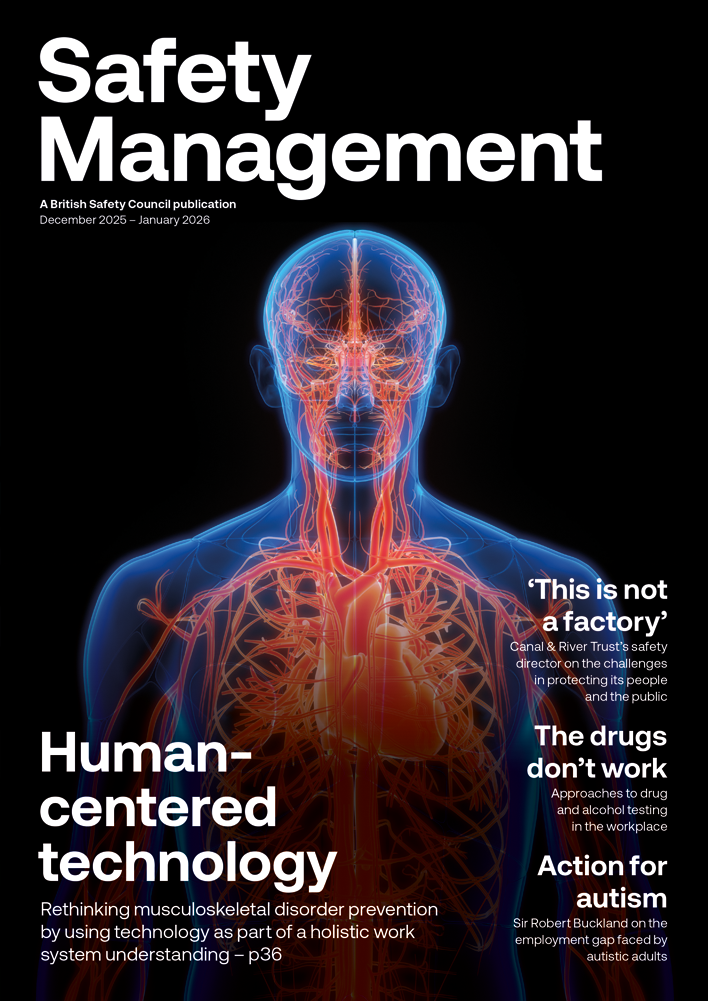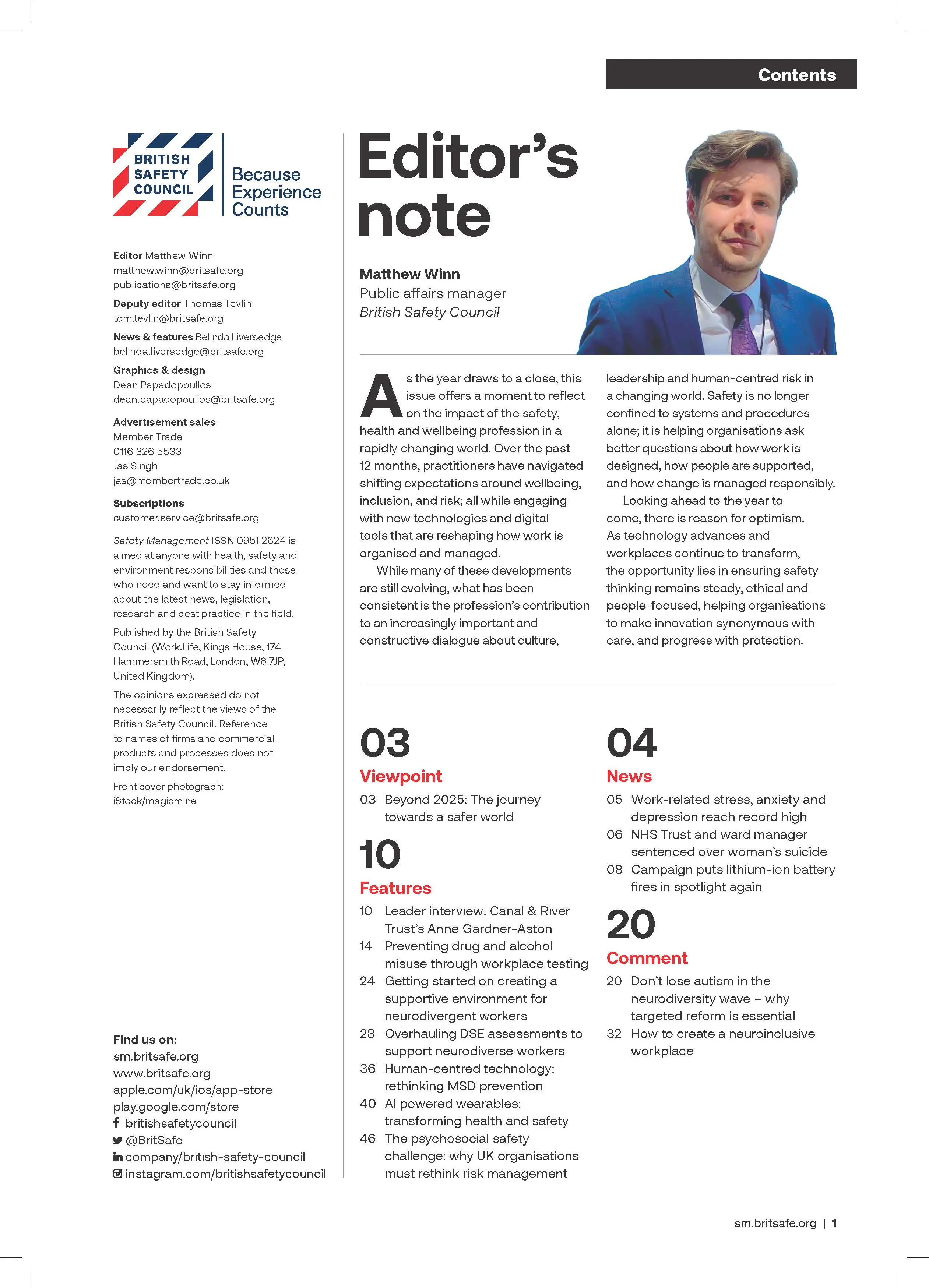Powered access equipment is widely regarded as one of the safest methods for enabling work at height, but like any equipment, there is always scope for further improvements in its safe use. As a result, the industry’s trade body, the International Powered Access Federation, uses global campaigns, training, research and online incident reporting to encourage a culture where users of powered access are genuinely committed to safe working practices.
Features
Beyond compliance: why powered access safety should be a culture, not a checklist
With work at height continuing to pose one of the most significant risks across multiple industries, the International Powered Access Federation (IPAF) remains at the forefront of promoting safety, awareness and practical solutions. Through its impactful campaigns, guidance resources and world-class training, IPAF’s mission is simple but powerful: to reduce accidents and save lives.
According to the UK Health and Safety Executive, falls from height remain the leading cause of workplace fatalities, accounting for 36 per cent of all fatal injuries to workers in 2023/24. This is a six per cent increase compared with the previous year.
 Stop Overturns! campaign urged operatives to understand and evaluate ground stability. Image: IPAF
Stop Overturns! campaign urged operatives to understand and evaluate ground stability. Image: IPAF
With mobile elevating work platforms (MEWPs) increasingly relied upon to carry out work at height safely, IPAF’s role in shaping safer operations has never been more critical.
At the IPAF Summit 2025 held in March in Dublin, this year’s theme focused on going beyond regulations to emphasise the intrinsic benefits of proactive safety leadership, continuous training and a commitment to best practices. IPAF strives to create a culture where safety isn’t just a requirement, it’s a core value.
#ShareYourStory – learning through real experience
Tying in with this theme is IPAF’s #ShareYourStory campaign that was launched in 2024. This initiative invites powered access professionals to open up about real-life incidents and near misses that have happened to them on-site. These first-hand accounts serve as invaluable tools for safety education, encouraging open conversations about what went wrong, why and – most importantly – what can be learned from these experiences.
These stories play an essential role in creating impactful safety and training materials that can resonate globally. If you have a story you’d like to share, visit IPAF’s #ShareYourStory page – whether it’s a lesson learned or a life-saving tip, your story could be the one that prevents future accidents.
Accident reporting – a data-driven approach
As well as encouraging people to share their experiences of incidents or near-misses involving MEWPs in the storytelling campaign, at the core of IPAF’s safety strategy is its global Accident Reporting Portal, which gathers and anonymises incident data from around the world. In 2024 alone, IPAF received over 1,000 reports from 33 countries – providing deep insight into recurring issues and root causes. The portal has now captured more than 6,300 incidents globally since its launch, forming one of the most comprehensive datasets in the powered access industry.
 Brian Parker: "With MEWPs increasingly relied upon to carry out work at height, IPAF’s role in shaping safer operations has never been more critical."
Brian Parker: "With MEWPs increasingly relied upon to carry out work at height, IPAF’s role in shaping safer operations has never been more critical."
This data directly informs safety campaigns, guidance documents and training updates for members . IPAF’s newly launched 2025 global safety campaign focuses on the risk of MEWP overturns due to unstable or unsuitable ground conditions, after data from the Accident Reporting Portal revealed that fatal overturns on MEWPs increased by 50 per cent between January 2021 and December 2023.
Stop Overturns! Safety Starts on the Ground: IPAF’s Global Safety Campaign 2025
IPAF’s annual safety campaign delivers a critical message to the powered access industry. This year’s campaign highlights the importance of understanding and evaluating ground stability – because when not properly assessed, ground conditions can directly lead to MEWP overturns. These incidents pose a serious risk of injury or fatality and often result in secondary consequences such as the ejection of operators or occupants, or complex rescue scenarios for those trapped at height during a partial overturn.
The 2025 campaign reinforces the importance of ground assessments and promotes the use of IPAF’s latest guidance document, The Assessment of Ground Conditions and Supporting Structures for the Safe Use of MEWPs.
This resource is split into two parts:
- Guidance for MEWP users, addressing issues like dewatering, suspended floors and temporary works
- Guidance for MEWP operators, covering travel on uneven ground, operation in elevated and stowed positions, slopes and machine positioning.
By recognising that poor ground conditions are a key contributing factor to overturns, the campaign encourages proactive risk management to keep MEWP operations safe.
Statistics on overturns
The latest statistics informing this year’s campaign revealed that:
- In the past decade, 108 fatalities, 64 major injuries and 25 minor injuries, were reported and attributed to overturns incidents involving MEWPs. 64 per cent of overturns were reported from North America, 18 per cent from Europe and 22 per cent from Asia.
- The occupation most affected was MEWP operators, with a small number from delivery drivers, technicians/engineers, company staff and the public.
- Of these, 108 recorded fatalities 52 were recorded in 2021–2023, and 33 per cent of overturns happened on a 3A mobile scissor, followed by 1B static boom vehicle (28 per cent), 3B mobile boom (23 per cent) and 1B static boom tracked (12 per cent).
- Fatal overturns increased by 50 per cent from January 2021 to December 2023.
Instability leading to overturn is commonly among the top four industry causes of lost time incidents (LTIs) annually. - MEWP overturns typically occur during setup, travel or operation on inadequate or unsuitable ground or floor conditions. They can also occur while moving category 3A and 3B MEWPs across unsuitable terrain in either the elevated or stowed positions.
- The most common places for incidents to occur are construction premises, public areas, roads and highways and rental yards.
- Non-fatal injury types result in fracture, concussion, bruising, impact pains, and cuts and lacerations.
Alana Paterson, chair, IPAF International Safety Committee, says: “MEWP overturns continue to be a major cause of serious injuries and fatalities in our industry. With the launch of IPAF’s 2025 Global Safety Campaign – ‘Stop Overturns: Safety Starts on the Ground!’ – we are reinforcing a crucial message: ground conditions matter. By understanding the risks and implementing proper safety measures, we can prevent overturns, protect lives and create safer work environments worldwide. Let’s work together to make a significant impact and aim for a measurable decrease in MEWP overturns globally.”
2024 Global Safety Report
The IPAF Global Safety Report 2024 examines the primary causes of major injuries and fatalities during the operation of powered access machinery, including MEWPs, Mast Climbing Work Platforms (MCWPs) and Construction Hoists. Powered access equipment is widely regarded as one of the safest methods for enabling work at height. However, safety is dependent on effective management, supervision and operator involvement throughout the planning and operation stages.
IPAF continues to analyse data received through the Accident Reporting Portal and has subsequently delivered three global safety campaigns and one UK safety campaign since 2021.
The 2024 Global Safety Report seeks to provide a clearer picture of the powered access industry. These findings reflect IPAF’s commitment to transparent accident reporting and advancing safety standards in the powered access industry, highlighting the need for continued vigilance and improvement to mitigate risks and reduce incidents globally. Key findings include:
- While there was an 11.7 per cent decrease in fatal and major incident reports compared with the previous year, this decline contrasts with a rise in fatalities, highlighting the persistent safety challenges we must collectively overcome.
- Notably, the construction sector emerges as the most affected, with 45 per cent of incident reports originating from this industry, a slight rise on 2022. Additionally, significant contributions to incident reports come from key countries such as the USA (44.4 per cent), the UK (12 per cent) and the Republic of Korea (11.1 per cent).
- Analysis revealed specific trends in MEWP categories involved in incidents, with 1B vehicles and 3A vehicles being the most common across various incident types.
- The main causes of incidents and accidents explored within IPAF’s Global Safety Report remain consistent and cover a variety of risks, including falls from the platform, overturns, electrocution, entrapment, MEWP/MCWP inoperable mechanical technical failure, and being hit by a vehicle or machine. These findings underscore the multifaceted nature of safety challenges in the powered access industry, necessitating targeted interventions and proactive measures to mitigate risks and enhance safety standards.
IPAF’s 2025 Global Safety Report will be released in July, so keep an eye out for the latest statistics!
For more information on IPAF’s safety campaigns, training programmes and guidance materials, visit: ipaf.org
New IPAF Operator Training Course: science-backed and field-tested
IPAF’s new MEWP Operator Training Course brings together decades of industry knowledge with the latest in learning and behavioural science. Developed in collaboration with IPAF members over two years, the course enhances engagement, knowledge retention and situational awareness.
The course is now being delivered through IPAF-approved training centres globally and supports operators in achieving the PAL Card, the most widely recognised proof of quality-assured MEWP training.
Brian Parker is head of safety & technical at IPAF (International Powered Access Federation)
FEATURES
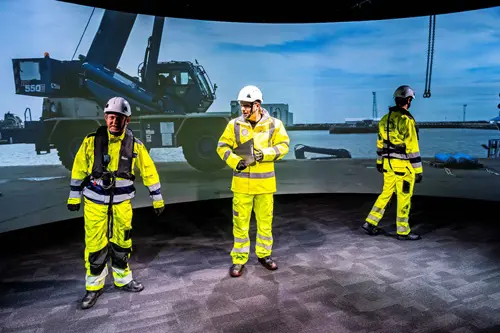
Underpinning safety training with neuroscience for long lasting impact
By SSE Active Training Team (ATT) on 30 November 2025
A behavioural safety training programme developed by Active Training Team for energy provider SSE has been carefully designed with neuroscientific principles in mind – resulting in a prestigious industry award for Best Training Initiative in 2024.
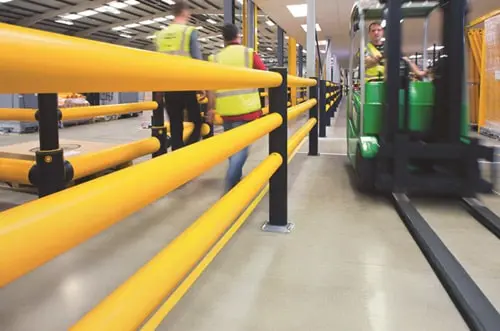
Why a painted line will never be enough
By UK Material Handling Association (UKMHA) on 20 November 2025
Businesses that operate material handling equipment like forklifts are being urged to submit accident and near miss details to a new confidential reporting portal so the industry can identify what needs to be done to improve safety standards.
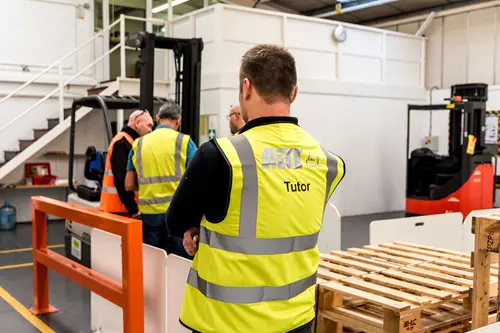
Why workplace transport training is changing in 2026 and what it means for employers
By AITT on 26 November 2025
New workplace transport training categories due in January mean it is essential to ensure operators of material handling equipment have the necessary training for the exact type of machine they use, and accredited training providers are an ideal source of advice and conversion training.


